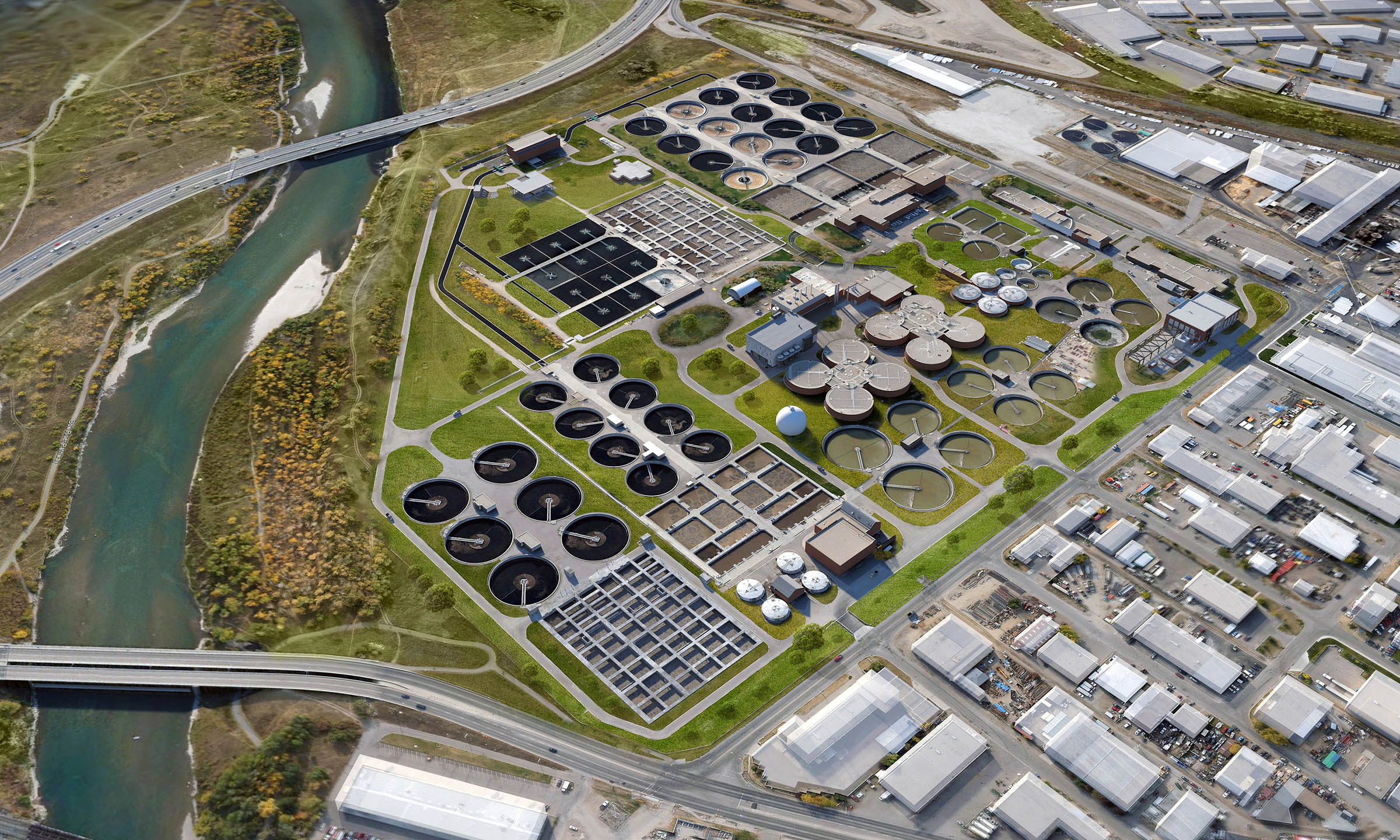Exploring the Function of Biotechnology in Waste Water Treatment
Exploring the Function of Biotechnology in Waste Water Treatment
Blog Article
Strategic Approaches to Enhance Drainage Treatment Performance and Reduce Ecological Effect
In the world of drainage treatment, the quest for boosted performance and decreased environmental effect is a continuous obstacle that demands strategic remedies. As society comes to grips with the critical to handle water resources sustainably, a nuanced strategy ends up being crucial. The combination of advanced treatment innovations, energy-efficient processes, resource recovery methods, boosted nutrient elimination techniques, and clever surveillance and control systems represents a diverse framework for resolving these pushing problems. What exists at the core of this complex web of strategies is the possible to revolutionize the way we approach waste water treatment, not just as a procedure of disposal, yet as a beneficial possibility for innovation and ecological stewardship.
Advanced Therapy Technologies
Advanced membrane purification systems have actually transformed sophisticated wastewater therapy processes, considerably improving the elimination of contaminants. This modern technology has shown to be highly effective in eliminating a vast range of impurities, consisting of pharmaceuticals, hefty steels, and organic substances, which are typically testing to get rid of through traditional treatment techniques.
Moreover, membrane purification systems use countless benefits over traditional treatment methods. They need much less area, create higher-quality effluent, and are much more immune to changes in influent water high quality. Additionally, these systems are very versatile and can be conveniently incorporated right into existing treatment plants or used as standalone systems for decentralized applications. As the demand for tidy water continues to increase, the adoption of innovative membrane layer purification technologies is important to make certain effective and lasting wastewater treatment techniques.
Energy-Efficient Processes
The combination of energy-efficient procedures in wastewater therapy systems is crucial for optimizing source use and reducing operational expenses. By executing energy-efficient innovations, treatment plants can considerably reduce their carbon footprint and general environmental effect. One key method to improving energy performance in wastewater therapy is the usage of advanced aeration systems, such as great bubble diffusers or surface area aerators, which can enhance oxygen transfer efficiency and minimize power intake. Additionally, incorporating energy recovery systems, like anaerobic food digestion for biogas manufacturing or utilizing excess heat for thermal processes, can help offset power demands and promote sustainability.
In addition, maximizing process control and automation through the usage of sophisticated sensors and keeping track of systems can improve total power efficiency by readjusting operations in real-time based upon actual demand and conditions. Carrying out power audits and on a regular basis keeping an eye on power performance signs are crucial practices to determine locations for renovation and track energy-saving efforts efficiently. Generally, the fostering of energy-efficient procedures in wastewater therapy not just profits the atmosphere but also contributes to long-lasting expense savings and operational sustainability.
Source Recovery Strategies
With a focus on enhancing resource utilization and sustainability in wastewater treatment systems, the browse around these guys implementation of resource recuperation strategies arises as a pivotal element in boosting operational efficiency. Resource healing techniques in wastewater treatment involve the recognition and extraction of useful sources from the waste stream, consequently turning what was once considered waste into a beneficial possession. By implementing resource recovery methods such as nutrient elimination and healing, energy generation from natural issue, and the manufacturing of recyclable water, wastewater therapy plants can decrease environmental impact while taking full advantage of performance.

Enhanced Nutrient Elimination Techniques
Carrying out innovative nutrient elimination strategies is vital for enhancing the effectiveness of wastewater treatment systems. One of the crucial strategies utilized for enhanced nutrient removal is the procedure of organic nutrient removal (BNR), which involves the elimination of nitrogen and phosphorus with biological procedures.

In enhancement to BNR, advanced therapy approaches such as membrane layer bioreactors (MBRs) and built marshes can additionally be employed to enhance nutrient removal efficiency. By integrating these innovative nutrient removal strategies into wastewater therapy towns, Source systems and markets can properly lower nutrient pollution and safeguard the setting.
Smart Tracking and Control Solution
Using sophisticated technology, the integration of wise tracking and control systems changes the functional performance of wastewater therapy centers. These systems include advanced sensing units and data analytics to continuously keep an eye on key criteria such as pH levels, turbidity, dissolved oxygen, and circulation prices in real-time. By gathering and evaluating this information, operators can gain beneficial insights into the efficiency of the treatment procedures, enabling positive adjustments to enhance therapy performance.
Smart monitoring and control systems also sustain remote monitoring capabilities, permitting operators to access real-time information and control features from off-site locations. This remote accessibility improves functional flexibility and responsiveness, allowing speedy interventions in situation of system breakdowns or variations in influent top quality. Additionally, the anticipating upkeep abilities of these systems assist stop tools failures and lessen downtime, eventually enhancing the total integrity of wastewater treatment operations (Waste Water Treatment).
Verdict
In verdict, tactical techniques such as sophisticated therapy modern technologies, energy-efficient processes, source recovery methods, boosted nutrient elimination techniques, and wise surveillance and control systems play an important function in boosting wastewater therapy performance and minimizing ecological effect. By applying these techniques, wastewater therapy plants can enhance their overall performance, minimize power intake, recoup valuable sources, and ensure conformity with ecological laws. These approaches are crucial for effective and lasting wastewater administration practices.

In final thought, critical strategies such as innovative therapy innovations, energy-efficient processes, source recuperation strategies, improved nutrient removal strategies, and wise monitoring and control systems play an important role in boosting wastewater therapy efficiency and reducing ecological influence.
Report this page